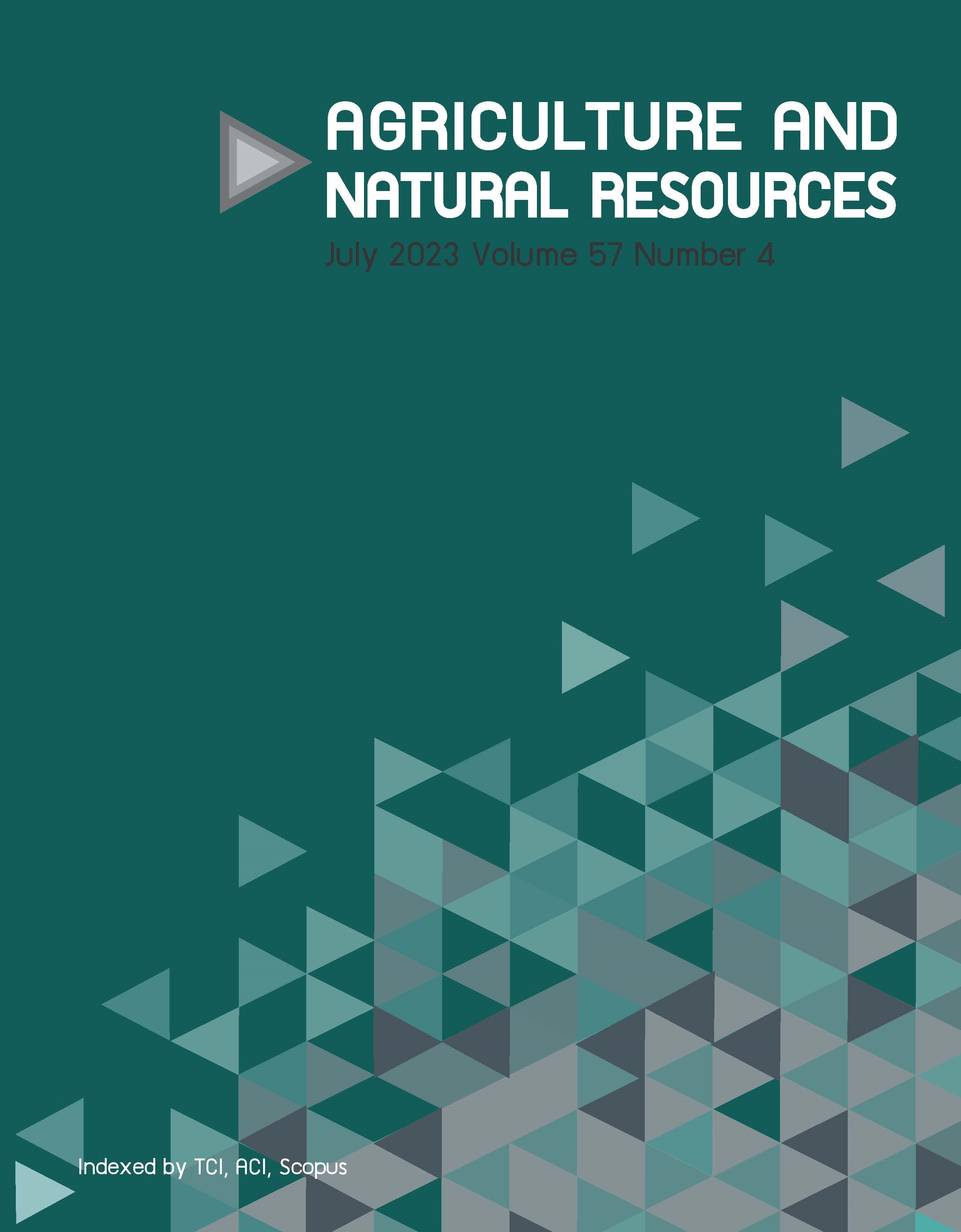Morinda scabrida Craib: An unexplored species with antibacterial potential and inhibition of acetylcholine esterase and α-glucosidase
Keywords:
Alpha-Glucosidase, Acetylcholilne esterase, Antibacterial, Gallic acid derivatives, Morinda scabrida CraibAbstract
Importance of the work: The bioactivity levels of pure compounds isolated from the plant Morinda scabrida Craib have not been investigated.
Objectives: To explore the bioactivity of active compounds isolated from Morinda scabrida Craib, an unexplored species of the Morinda plant.
Materials & Methods: The roots of Morinda scabrida Craib were processed and subjected to maceration, chromatographic separation and structural elucidation using spectroscopic techniques. Five pure compounds were obtained and tested for their antibacterial activity and inhibitory effects against acetylcholine esterase and a-glucosidase. Molecular docking simulations further illustrated the binding modes to their biomolecular targets.
Results: Gallic acid and four ester derivatives were obtained from the root extract of Morinda scabrida Craib. Among these five compounds, M05 (octyl gallate) had antibacterial activity against Gram-positive and Gram-negative bacteria. In addition, M05 (100 mM) showed 71% inhibition against a-glucosidase at 100 mM. Furthermore, all isolated compounds (M01–M05) exhibited inhibitory effects (57–65% inhibition) against acetylcholine esterase at 100 mM. Finally, the molecular docking simulations elucidated the binding energies of all isolated compounds toward acetylcholine esterase and a-glucosidase and the best-docked conformation of the most active compound (M05) in the active sites of these two enzyme targets was illustrated, showing the key intermolecular interactions responsible for ligand binding.
Main finding: This was the first report on the antibacterial, anti-acetylcholine esterase and anti-a-glucosidase activities of five chemical constituents isolated from Morinda scabrida Craib. The results demonstrated the medicinal potential of M. scabrida Craib, which could be developed further for use as a traditional medicine.
Downloads
Published
How to Cite
Issue
Section
License
Copyright (c) 2023 Kasetsart Universityonline 2452-316X print 2468-1458/Copyright © 2022. This is an open access article under the CC BY-NC-ND license (http://creativecommons.org/licenses/by-nc-nd/4.0/),
production and hosting by Kasetsart University of Research and Development Institute on behalf of Kasetsart University.







